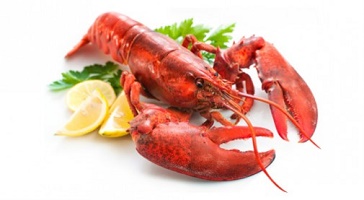
Generality
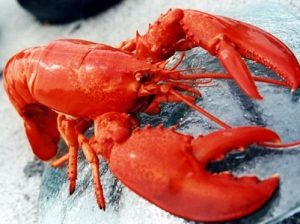
We begin the article reminding readers that the astice in Italy is not the lobster, in fact they are two animals belonging to different species of the same family, and they have different kinds, although it is often easy to confuse them. The main difference in the Mediterranean Sea between astice and lobster is that the first has two large claws, while the second is lacking of. In the Anglo-Saxon countries, because there is only one species, that one with claws, people does not make difference between them, and sometimes call the astice generally with the name European lobster.
The astice is a crustacean decapoda belonging to “Nephropidae” family, genus “Homarus”.
From the morphological point of view, the lobster resembles particularly with shrimp, or to Italian crayfish, while compared to the group of sea shrimp, astice is distinguished by these factors:
first, there are two large front claws, a more impressive than the other, with which hunting and defends itself from predators such as plaice, wolf fish and halibut and many more.
To end, the lobster has four antennas, two of which are shorter and the other two longer.
Both the claws that the antennas and legs are bound appendages to the head, and even the brain and some guts are part of this animal body, while the body itself, which contains within it the muscle power unit serving the run, it presents segmented into different parts, and ends with a wide tail from the fan-shaped.
The astice lays a large number of eggs, but only one in ten is able to hatch and then to reach adulthood.
This animal feeds mainly on bivalve molluscs, sea urchins and many other invertebrates, but often occasional, well take on a scavenger behavior.
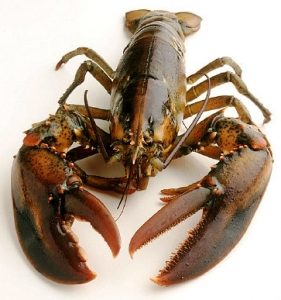
The species of astice, are two, the European lobster, Homarus gammarus of species, and the other is the American lobster, Homarus americanus of species.
The European lobster looks bluish on the back, while the belly is very clear. It can reach half meter in length, although those specimens which are in trade, have a length between 30 and 40 centimeters.
The European lobster is widespread in the Atlantic east, from the part of the African side, Spanish, Portuguese and Anglo-Saxon, and the coasts of Scandinavia, especially in Norway.
It ‘s also in the Mediterranean Sea where a good distribution but with greater density in the Aegean Sea.
Fishing for European lobster it occur especially in rocky bottoms between 20 and 50 meters deep, although this crustacean, can reach even deeper abyss, where it is captured through the use of special traps. In fact it is a species very little on the market, compared to the American species, while providing significantly better taste characteristics.
The American lobster, has a morphological structure very similar to the European lobster and the only aesthetic distinction, is the lighter color of the carapace, in fact this is tending to reddish-brown, instead of dark-bluish.
This species of crustacean, presents a very different behavior than the European lobster, and this affects a lot on the crustacean withdrawal method.
The American lobster is more courageous, more aggressive and spends a lot of time in open sea compared to the European cousin, that comes exclusively from the den to feed and very rarely decides to confront his opponent in clear water.
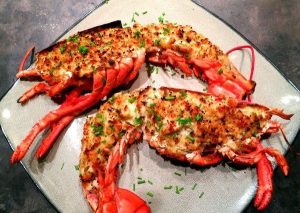
As just mentioned translates into a different style of fishing between the European and the American lobster, which is also caught by hand, on sandy bottoms and not overly deep.
Nutritional characteristics
The astice belongs to the list of potentially allergenic foods, they are therefore not recommended for feeding during pregnancy, during the lactation period, and also in the following weaning.
This food is very rich in high biological value protein, low in fat and carbohydrates, and if we analyze it from the point of view of calorie and energy, we can say that is considerably low calorie, therefore, lends itself well to weight loss diets, for those who suffer from diabetes and must follow a controlled regime, but not for diets against dyslipemias, because it contains a high amount of cholesterol.
Also the astice contains a quantity of purines, which makes it poorly suited to food patients of gotta.
For what concerns the quantity nutritional of astice, this has a good resource of those belonging to group B, especially niacin vitamin PP, as regards mineral salts, stand phosphorus and potassium.
The astice like other shellfish, presents a carapace very rich in chitin and this polysaccharide, free chitosan, a molecule that is used as a chelating agent for the production of lipid supplements for slimming the body weight.
Uses in the kitchen
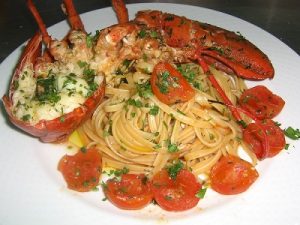
It is possible to find on the market the lobster lives, chilled or frozen dead, obviously this second form of the crustacean conservation compromises the animal’s original flavor yet has very high purchase costs.
This crustacean is very well suited to the kitchen with a simple boiling or steamed (Catalan cuisine), but are also fine to be cooked on the grill, even after browning.
In Italy we are highly appreciated the first dishes based on lobster, with the use of fresh pasta, such as noodles, or common semolina pasta and risotto.
Very famous in Italy are the Linguine all’astice, that have a simple but very tasty recipe, with this pasta which is a kind of flat spaghetti. It is cooked with a still alive European lobster not boiled, but cut in pieces and put in a wok with oil, garlic and cherry tomatoes.

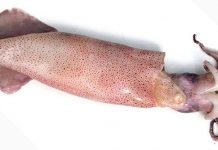
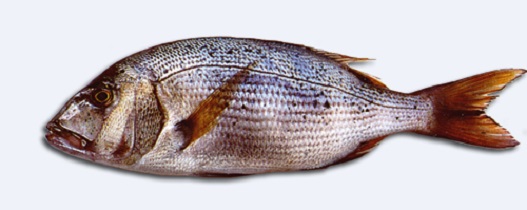
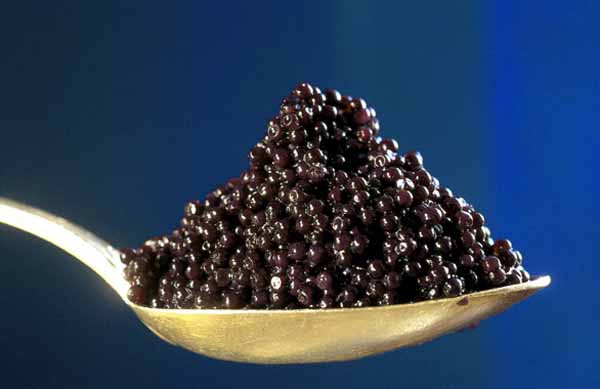

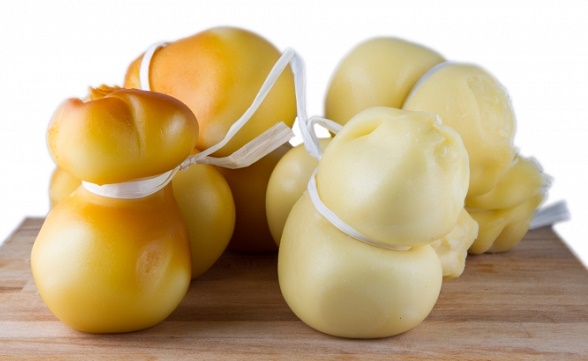



Hey, how’s it going? I would never have actually thought about this– such a refreshing
angle!